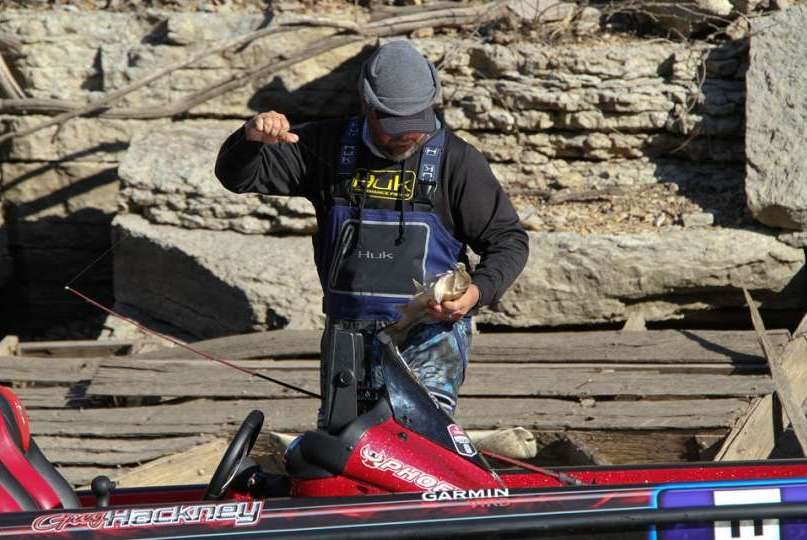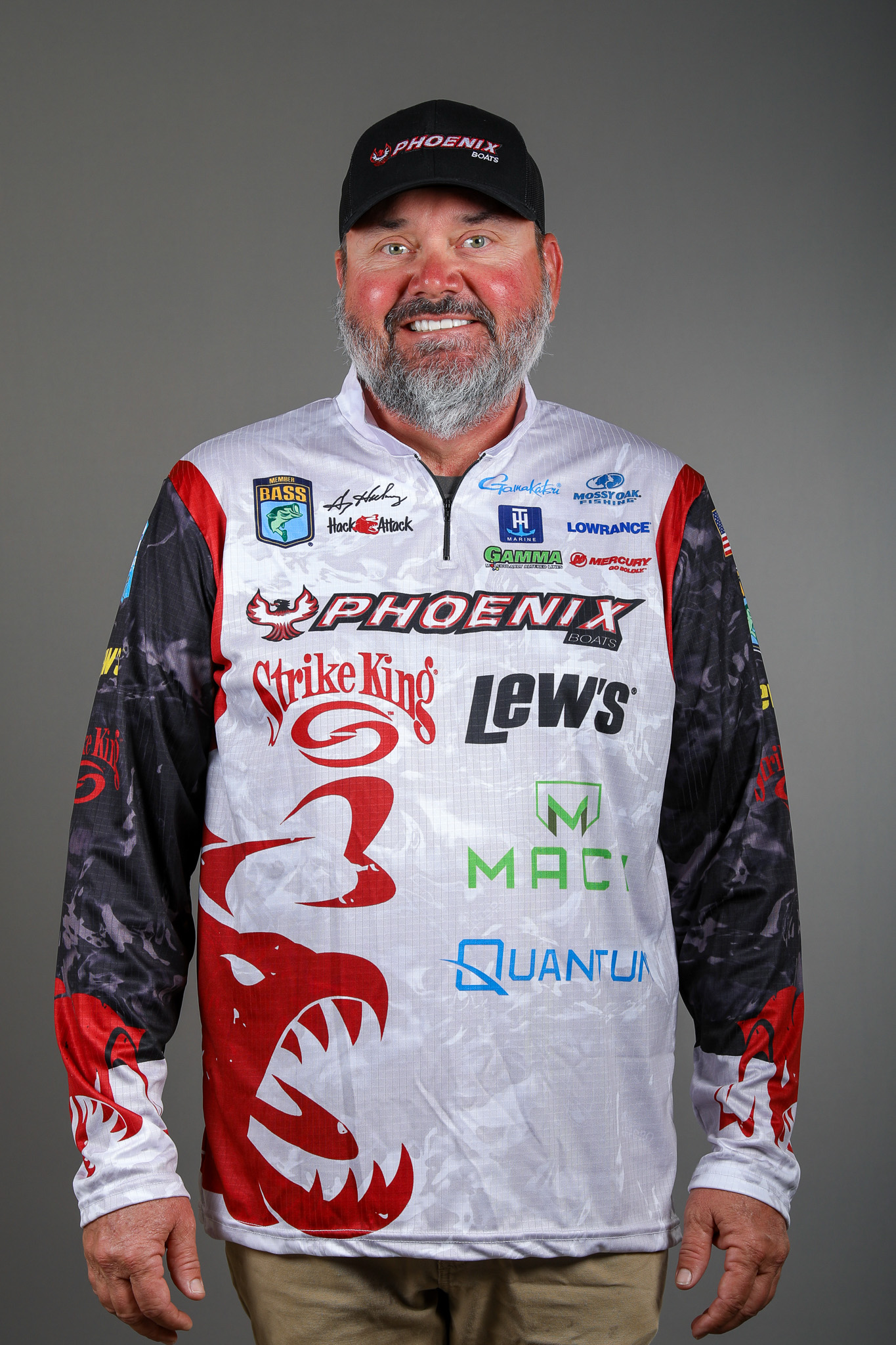
Last time Kristi Geeslin Leverett from Goldthwaite, Texas, posted an interesting question about finding prespawn bass. The answer to that question starts with finding the spawning areas. You can’t find them moving towards their beds unless you know where those beds are located. So that’s what we’re going to talk about in this column.
Finding beds, and the movement towards them, begins with considering two things — water temperature and finding protected areas.
Bass spawn earlier and in colder water than most anglers realize. Anytime the water temperature rises towards 55 degrees I start thinking about the spawn. I know there are other factors like stable weather and the length of the day that affect the spawn but water temperature is my first consideration.
I call this the early wave. I fish it hard because the bass tend to be bigger. I’m talking about the average size of your catch. I’m not saying that this wave necessarily has the biggest bass in the lake in it.
I’m going to make a bold statement and say that most recreational anglers miss this movement. They simply wait too long.
This is not the only wave of bass, however. Others will move up for at least a couple of months and in some bodies of water they’ll move for eight or 10 months out of the year. Those places will give you a prespawn, spawn and postspawn bite most of the year.
As a side note you might find it interesting to know that there are a number of our guys who have made a good living fishing bedding bass. They start earlier than you might think and they go longer than you might think.
Once my water’s at the right temperature I search for protected areas. The most obvious thing about them is that they tend to be dead-end places in the lake or river, places with little or no current. Canals are a prime example of what I’m talking about. They go shallow towards the back and in almost every case they’re protected by rising ground, houses, docks, trees or reeds.
As to the issue of whether the north, south, east or west sides of these places are best, I’m not certain. Maybe the north side gets more sun but they’re small areas so I’m not sure that makes much difference. I think the business about the north side being warmer applies more to the main lake than to what I’m trying to find.
Hard bottoms are best but don’t discount soft, muddy areas. Bass will spawn on wood, pads or root wads that are just a little above the bottom. Look at the total picture not just one or two factors.
Once you have areas like I’ve described marked you can look around and find the travel paths to and from them. Start checking those areas early. Depending upon the weather early might mean a few days before they actually move onto the beds or it might mean more than a week.
If you want to improve your prespawn catch, find the beds. Start early and fish longer into the spring and summer.

